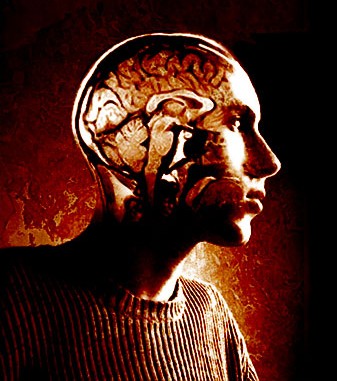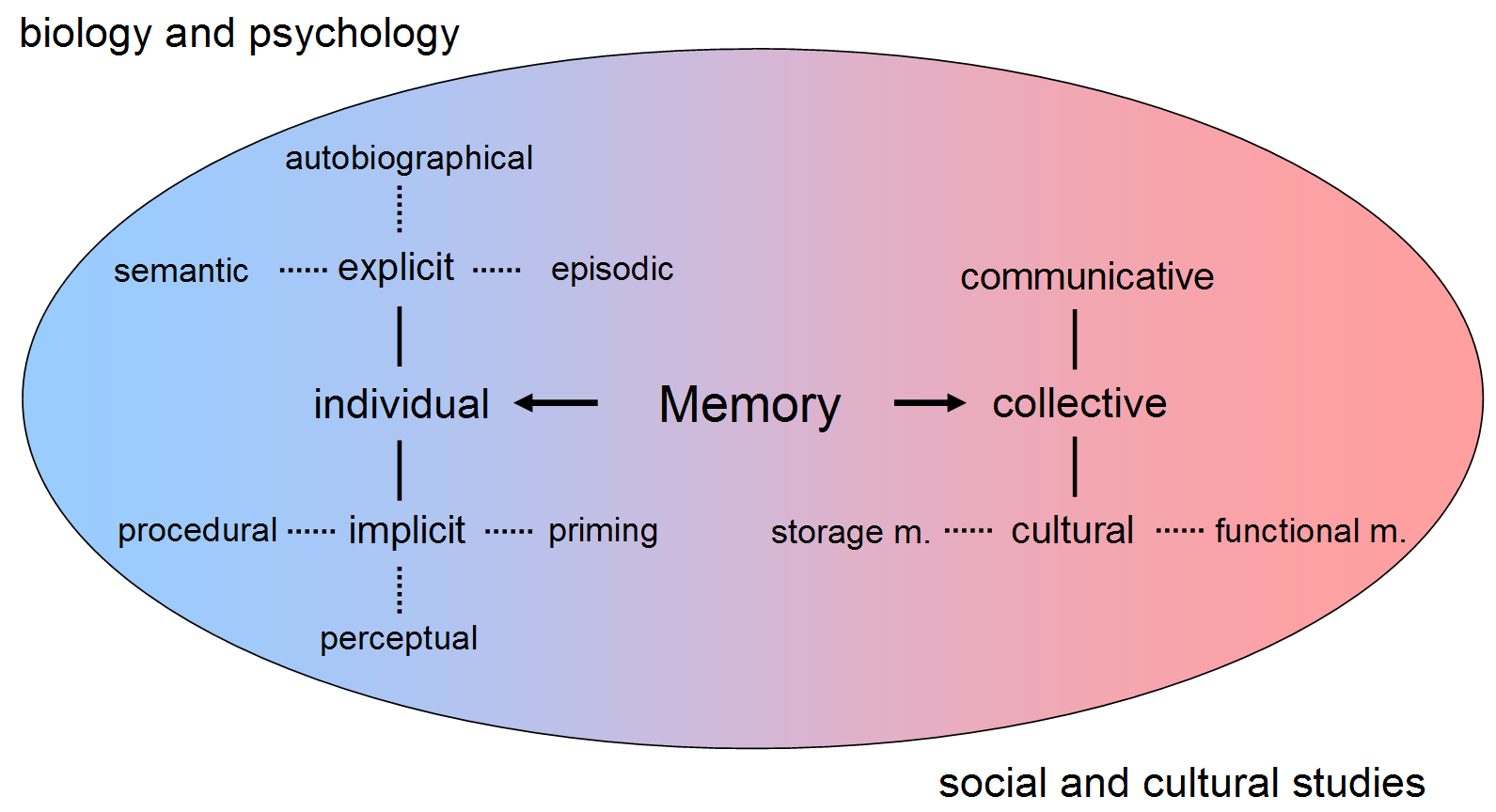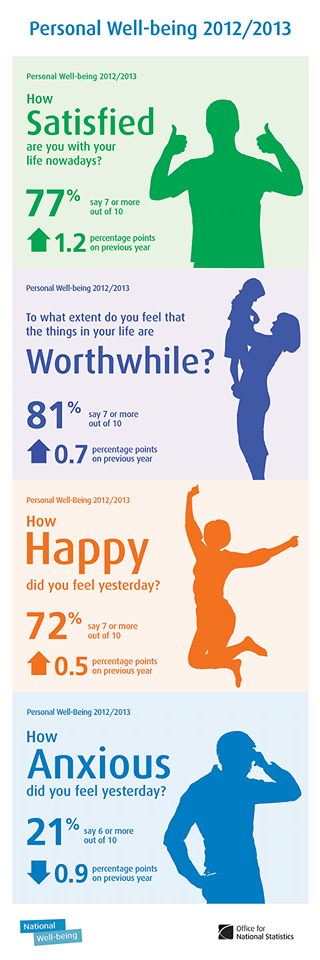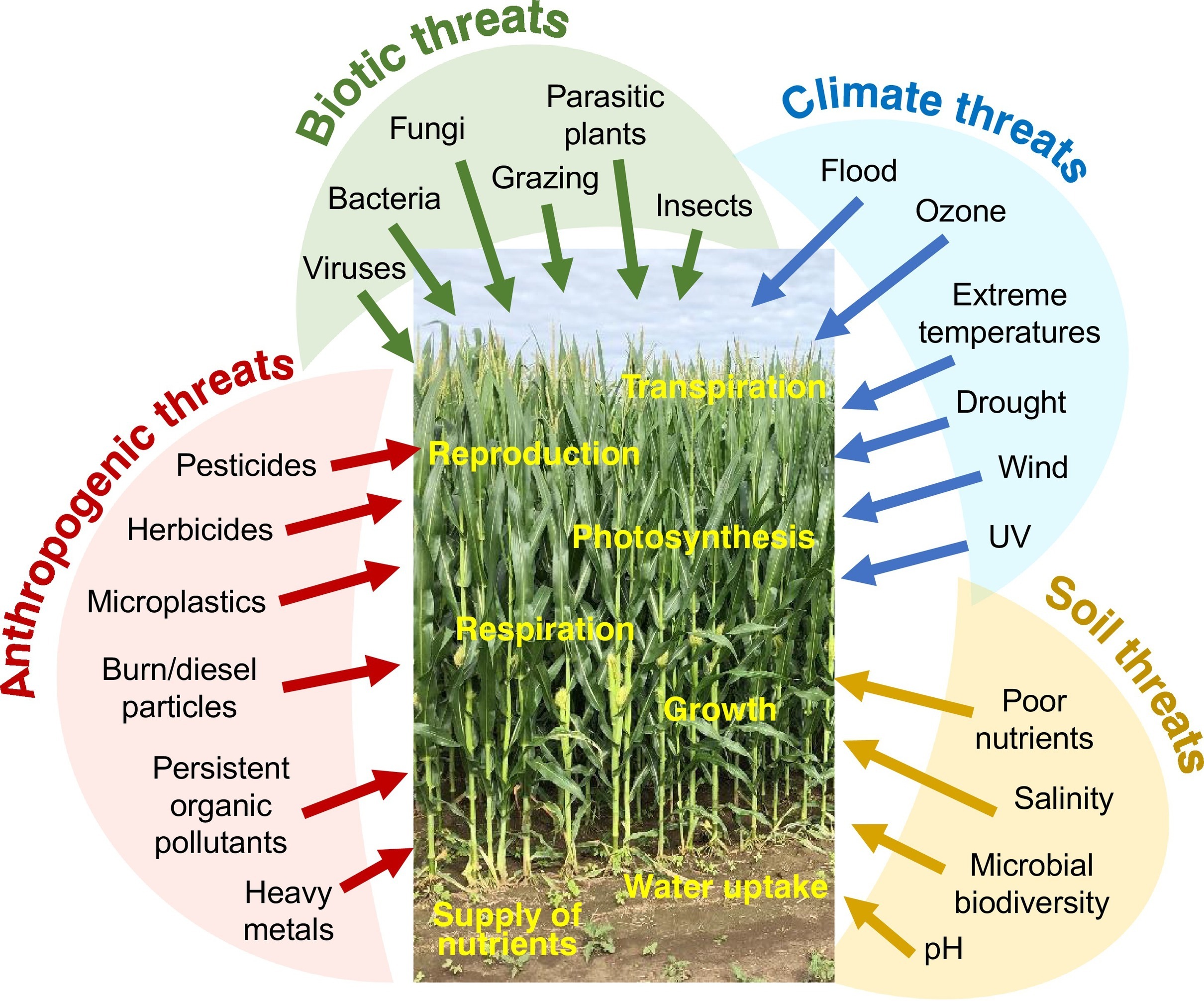|
Negative Affect
In psychology, negative affectivity (NA), or negative affect, is a personality variable that involves the experience of negative emotions and poor self-concept. Negative affectivity subsumes a variety of negative emotions, including anger, contempt, disgust, guilt, fear, and nervousness. Low negative affectivity is characterized by frequent states of calmness and serenity, along with states of confidence, activeness, and great enthusiasm. Individuals differ in negative emotional reactivity.Tellegen, A. (1985). Structures of mood and personality and their relevance to assessing anxiety, with an emphasis on self-report. In A. H. Tuma & J. D. Maser (Eds.), Anxiety and the Anxiety disorders, (pp. 681-706), Hilssdale, NJ: Erlbaum. Trait negative affectivity roughly corresponds to the dominant personality factor of anxiety/neuroticism that is found within the Big Five personality traits as emotional stability. The Big Five are characterized as openness, conscientiousness, extraversion ... [...More Info...] [...Related Items...] OR: [Wikipedia] [Google] [Baidu] |
Positive Affectivity
Positive affectivity (PA) is a human characteristic that describes how much people experience positive affects (sensations, emotions, sentiments); and as a consequence how they interact with others and with their surroundings. People with high positive affectivity are typically enthusiastic, energetic, confident, active, and alert. Research has linked positive affectivity with an increase in longevity, better sleep, and a decrease in stress hormones. People with a high positive affectivity have healthier coping styles, more positive self-qualities, and are more goal oriented. Positive affectivity also promotes an open-minded attitude, sociability, and helpfulness. Those having low levels of positive affectivity (and high levels of ''negative'' affectivity) are characterized by sadness, lethargy, distress, and un-pleasurable engagement (see negative affectivity). Low levels of positive affect are correlated with social anxiety and depression, due to decreased levels of dopamine. ... [...More Info...] [...Related Items...] OR: [Wikipedia] [Google] [Baidu] |
Cognitive Psychology
Cognitive psychology is the scientific study of human mental processes such as attention, language use, memory, perception, problem solving, creativity, and reasoning. Cognitive psychology originated in the 1960s in a break from behaviorism, which held from the 1920s to 1950s that unobservable mental processes were outside the realm of empirical science. This break came as researchers in linguistics and cybernetics, as well as applied psychology, used models of mental processing to explain human behavior. Work derived from cognitive psychology was integrated into other branches of psychology and various other modern disciplines like cognitive science, linguistics, and economics. History Philosophically, ruminations on the human mind and its processes have been around since the times of the Ancient Greece, ancient Greeks. In 387 BCE, Plato had suggested that the brain was the seat of the mental processes. In 1637, René Descartes posited that humans are born with innate ideas and ... [...More Info...] [...Related Items...] OR: [Wikipedia] [Google] [Baidu] |
Confidence
Confidence is the feeling of belief or trust that a person or thing is reliable. * * * Self-confidence is trust in oneself. Self-confidence involves a positive belief that one can generally accomplish what one wishes to do in the future. Self-confidence is not the same as self-esteem, which is an evaluation of one's worth. Self-confidence is related to self-efficacy—belief in one's ability to accomplish a specific task or goal. Confidence can be a self-fulfilling prophecy, as those without it may fail because they lack it, and those with it may succeed because they have it rather than because of an innate ability or skill. History Ideas about the causes and effects of self-confidence have appeared in English-language publications describing characteristics of a sacrilegious attitude toward God, the character of the British empire, and the culture of colonial-era American society. In 1890, the philosopher William James in his '' Principles of Psychology'' wrote, "Belie ... [...More Info...] [...Related Items...] OR: [Wikipedia] [Google] [Baidu] |
Deception
Deception is the act of convincing of one or many recipients of untrue information. The person creating the deception knows it to be false while the receiver of the information does not. It is often done for personal gain or advantage. Tort of deceit, Deceit and dishonesty can also form grounds for civil litigation in tort, or contract law (where it is known as misrepresentation or fraudulent misrepresentation if deliberate), or give rise to criminal prosecution for fraud. Types Communication The Interpersonal deception theory, Interpersonal Deception Theory explores the interrelation between communicative context and sender and receiver cognitions and behaviors in deceptive exchanges. Some forms of deception include: * Lies: making up information or giving information that is the opposite or very different from the truth. * Equivocations: making an indirect, ambiguous, or contradictory statement. * Lying by omission, Concealments: omitting information that is important o ... [...More Info...] [...Related Items...] OR: [Wikipedia] [Google] [Baidu] |
Memory
Memory is the faculty of the mind by which data or information is encoded, stored, and retrieved when needed. It is the retention of information over time for the purpose of influencing future action. If past events could not be remembered, it would be impossible for language, relationships, or personal identity to develop. Memory loss is usually described as forgetfulness or amnesia. Memory is often understood as an informational processing system with explicit and implicit functioning that is made up of a sensory processor, short-term (or working) memory, and long-term memory. This can be related to the neuron. The sensory processor allows information from the outside world to be sensed in the form of chemical and physical stimuli and attended to various levels of focus and intent. Working memory serves as an encoding and retrieval processor. Information in the form of stimuli is encoded in accordance with explicit or implicit functions by the working memory p ... [...More Info...] [...Related Items...] OR: [Wikipedia] [Google] [Baidu] |
Judgement
Judgement (or judgment) is the evaluation of given circumstances to make a decision. Judgement is also the ability to make considered decisions. In an informal context, a judgement is opinion expressed as fact. In the context of a legal trial, a judgement is a final finding, statement or ruling, based on evidence, rules and precedents, called '' adjudication'' (see Judgment (law)).In the context of psychology, judgment informally references the quality of a person's cognitive faculties and adjudicational capabilities, typically called '' wisdom''. In formal psychology, judgement and decision making (JDM) is a cognitive process by which individuals reason, make decisions, and form opinions and beliefs. Psychology In cognitive psychology (and related fields like experimental philosophy, social psychology, behavioral economics, or experimental economics), judgement is part of a set of cognitive processes by which individuals reason, make decisions, and form beliefs and op ... [...More Info...] [...Related Items...] OR: [Wikipedia] [Google] [Baidu] |
Perception
Perception () is the organization, identification, and interpretation of sensory information in order to represent and understand the presented information or environment. All perception involves signals that go through the nervous system, which in turn result from physical or chemical stimulation of the sensory system.Goldstein (2009) pp. 5–7 Vision involves light striking the retina of the eye; smell is mediated by odor molecules; and hearing involves pressure waves. Perception is not only the passive receipt of these signals, but it is also shaped by the recipient's learning, memory, expectation, and attention. Gregory, Richard. "Perception" in Gregory, Zangwill (1987) pp. 598–601. Sensory input is a process that transforms this low-level information to higher-level information (e.g., extracts shapes for object recognition). The following process connects a person's concepts and expectations (or knowledge) with restorative and selective mechanisms, ... [...More Info...] [...Related Items...] OR: [Wikipedia] [Google] [Baidu] |
Positive And Negative Affect Schedule
The Positive and Negative Affect Schedule (PANAS) is a self-report questionnaire that consists of two 10-item scales to measure both positive and negative affect. Each item is rated on a 5-point verbal frequency scale of 1 ''(not at all)'' to 5 ''(very much)''. The measure has been used mainly as a research tool in group studies, but can be utilized within clinical and non-clinical populations as well. Shortened, elongated, and children's versions of the PANAS have been developed, taking approximately 5–10 minutes to complete. Clinical and non-clinical studies have found the PANAS to be a reliable and valid instrument in the assessment of positive and negative affect. Development and history The PANAS was developed in 1988 by researchers from the University of Minnesota and Southern Methodist University. Previous mood measures have shown correlations of variable strength between positive and negative affect, and these same measures have questionable reliability and validity. ... [...More Info...] [...Related Items...] OR: [Wikipedia] [Google] [Baidu] |
Subjective Well-being
Subjective well-being (SWB) is a concept of well-being (happiness) that focus on evaluations from the perspective of the people who's lives are being evaluated rather than from some objective viewpoint. SWB measures often rely on self-reports, but that does not make them SWB measures. Objective measures of wellbeing are also sometimes measured with self-reports and SWB can also be measured with informant ratings. Ed Diener defined SWB in terms of three indicators of subjective well-being: frequent positive affect, infrequent negative affect, and cognitive evaluations such as life satisfaction." SWB includes two different subjective measures of well-being that are based on different definitions of happiness. Experiences of positive affect (mood, emotions), and experiences of negative affect (mood, emotions) can be used to create a measure of the amount of positive and negative affect in people's lives. These hedonic balance scores measure subjective wellbeing from a hedonistic ... [...More Info...] [...Related Items...] OR: [Wikipedia] [Google] [Baidu] |
Subjective Life Satisfaction
Life satisfaction is an evaluation of a person's quality of life. It is assessed in terms of mood, relationship satisfaction, achieved goals, self-concepts, and the self-perceived ability to cope with life. Life satisfaction involves a favorable attitude towards life—rather than an assessment of current feelings. Life satisfaction has been measured in relation to economic standing, degree of education, experiences, residence, and other factors. Life satisfaction is a key part of subjective well-being. Many factors influence subjective well-being and life satisfaction. Socio-demographic factors include gender, age, marital status, income, and education. Psychosocial factors include health, illness, functional ability, activity level, and social relationships. People tend to gain life satisfaction as they get older. Factors affecting life satisfaction Personality Meta-analyses using the Five Factor Model of Personality found that, among its "Big Five" personality traits, low ... [...More Info...] [...Related Items...] OR: [Wikipedia] [Google] [Baidu] |
Stress (biological)
Stress, whether physiological, biological or psychological, is an organism's response to a stressor, such as an environmental condition or change in life circumstances. When stressed by stimuli that alter an organism's environment, multiple systems respond across the body. In humans and most mammals, the autonomic nervous system and Hypothalamic–pituitary–adrenal axis, hypothalamic-pituitary-adrenal (HPA) axis are the two major systems that respond to stress. Two well-known hormones that humans produce during stressful situations are adrenaline and cortisol. The Sympathoadrenal system, sympathoadrenal medullary axis (SAM) may activate the fight-or-flight response through the sympathetic nervous system, which dedicates energy to more relevant bodily systems to Acute stress reaction, acute adaptation to stress, while the parasympathetic nervous system returns the body to homeostasis. The second major physiological stress-response center, the HPA axis, regulates the release ... [...More Info...] [...Related Items...] OR: [Wikipedia] [Google] [Baidu] |






